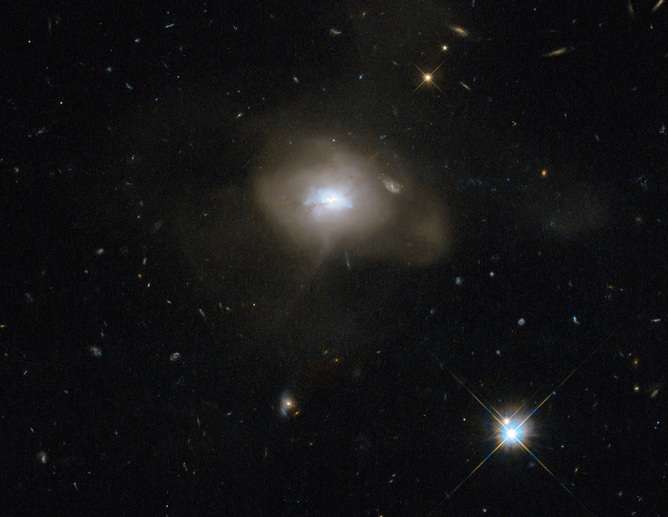Move over Milky Way, elliptical galaxies are the most habitable in the cosmos

The search for extraterrestrial life is surely one of the most important tasks we humans can undertake. However, the cosmos is vast and we don't really have any idea which bits of it are actually habitable. But what if we could target the search? We have built the first-ever "cosmobiological" model mapping the galaxies in our local universe to help us understand which ones are habitable. Surprisingly, we found that our own galaxy was not one of the top candidates.
Ingredients for habitability
Drawing on our understanding of habitable zones within a galaxy, we proposed that the overall habitability of any galaxy depends on three key astrophysical criteria. One is simply the total number of stars capable of hosting planets, which is roughly related to the size of the galaxy. Another is the total amount of the building blocks of planets and life – such as carbon, oxygen and iron – the so-called astrophysical "metals". Another is the negative influence of supernova explosions, whose powerful (and poisonous) radiation could potentially inhibit the formation and evolution of complex life on nearby planets.
Interestingly, the largest survey of its kind ever undertaken, data from the Sloan Digital Sky Survey observes exactly these three key properties for more than 150,000 galaxies in the nearby universe. This data shows that the largest galaxies have the largest amount of metals. Sifting through this data set we found that giant elliptical galaxies, which have a rounded shape rather than spiral arms like our Milky Way, win the "most-likely-to-be-habitable" title. Indeed, each giant elliptical that is at least twice as big as the Milky Way and has a tenth of its supernova rate could potentially host 10,000 times as many habitable (Earth-like) planets.
Our results, recently published in the Astrophysical Journal Letters, also show that they typically have a low rate of supernova explosions, ensuring that most of these planets remain unmolested by harmful radiation.

This is the first computation that discusses life on cosmological scales, rather than just within individual galaxies like the Milky Way. The model therefore opens up a new avenue, extending the understanding of habitability around individual stars to a true "cosmobiological" context, which allows us to discuss the habitability of the entire universe.
One of the most attractive features of the model is that that data used includes the entire history of all the galaxies in the universe that we see around us. The relationship between the number of stars, amount of metals and rate of supernova explosions essentially acts as the "fingerprint", uniquely identifying how any given galaxy formed. This is a key bit of information that we need to understand the chances of galactic habitability and which has been missing in this field.
Are we in the wrong galaxy?
By all accounts, our Milky Way is a typical spiral galaxy of average size that roughly makes one star like our sun every year. Given that ellipticals are much more hospitable to habitable planets raises the interesting question of whether life here in the Milky Way is just a freak of nature.
Or does the presence of life on at least one planet in the Milky Way imply that these big elliptical galaxies might be absolutely teeming with life?
One drawback is that the nearest elliptical galaxy to the Milky Way, called Maffei1, is so far away that any radio signals beamed from this cosmic neighbour would take 9m years to reach us. Surveys such as the SETI (Search for Extraterrestrial Intelligence) that continually maps the skies for anomalous signals might one day detect such a signal in the far future, a call to us from our (not so) nearest neighbours.
Journal information: Astrophysical Journal Letters
Source: The Conversation
This story is published courtesy of The Conversation (under Creative Commons-Attribution/No derivatives).
![]()



















